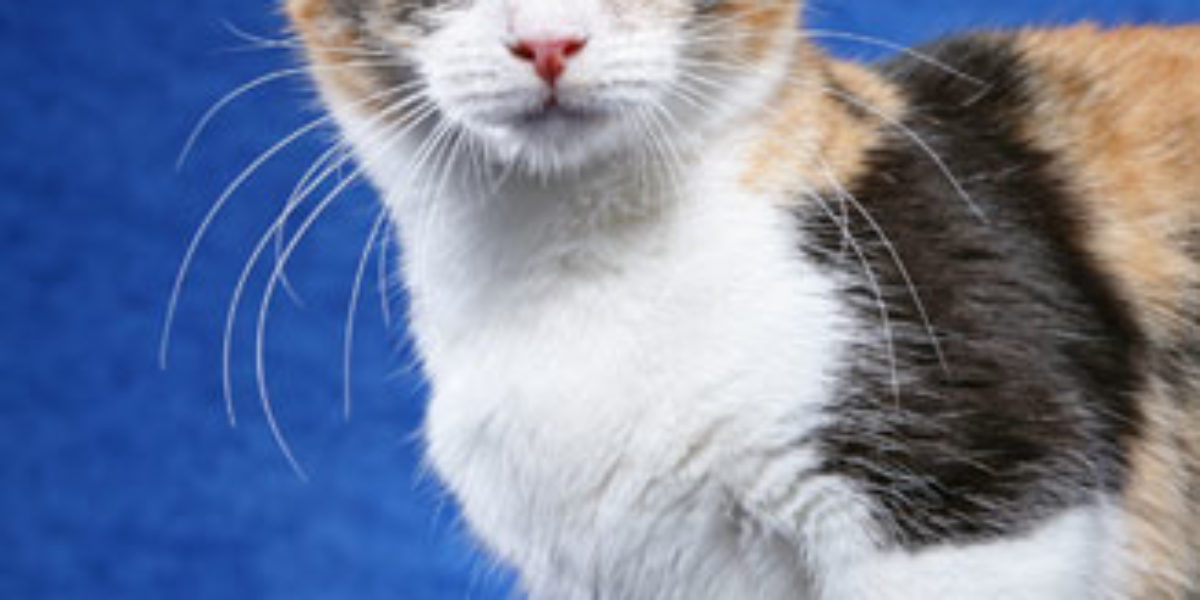Image supplied by Animal Photography
Mixture of Munchkin (short legs) and American Curl (curled ears) with a short coat.
Health and welfare of cats with folded or curled ears
There are several breeds of cat with ears that do not stand up in the normal way – some folding downwards and some curling backwards. The most well known is the Scottish Fold cat where the Scottish Fold gene mutation detrimentally affects cartilage, most obviously seen making the ear cartilage fold. However, the cartilage defect affects their joints as well as the ear cartilage and folds can suffer from severe and painful degenerative joint disease throughout their lives (click here for more information). As the disease progresses the joints stiffen, bones fuse and movement becomes more difficult and extremely painful. Folded or curled ears can also make it difficult for the cat to clean its ears, so owners may need to remove any wax or dirt accumulation from the ear to help prevent discomfort and infection.
We do not have enough information to know whether gene mutations resulting in curled (rather than the folded) ears causes similar problems in cartilage at other sites (such as joints), but there are comments from breeders of these cats that the ears are fragile and may be easily damaged when handled and there is anecdotal mention of narrowed ear canals.
Health and welfare of short-legged cats
Cats (Felis catus) are not a species with naturally short legs. Mutations that cause short legs may be detrimental in restricting aspects of the cat’s mobility and in some cases leg deformities may be painful and debilitating through the development of abnormal joints.
Our position on breeding cats is that first no harm should be done. We know there are potential problems with short legs and that curled ears may cause cartilage problems, so this is a breed which we would not condone.
Important
We have limited the information about inherited disorders to those conditions that are known and proven to exist within a breed. For many breeders and many conditions, insufficient information may be available at this time to know whether any particular breed is necessarily free of any particular condition.
In general, pedigree breeds use a much smaller gene pool for breeding than domestic cats and therefore have a higher risk of developing inherited disorders. In addition, a number of ‘newer’ pedigree breeds are derived from matings between one or more ‘older’ breeds, and in these situations perpetuation of inherited problems that were seen in older breeds is likely within the newer breeds.
Thank you for visiting our website, we hope you have found our information useful.
All our advice is freely accessible to everyone, wherever you are in the world. However, as a charity, we need your support to enable us to keep delivering high quality and up to date information for everyone. Please consider making a contribution, big or small, to keep our content free, accurate and relevant.
Support International Cat Care from as little £3
Thank you.
Donate Now


